
Spices are a diverse group of plant extracts that add aroma, flavor, texture and visual appeal to foods. They also function as preservatives, antioxidants and medicinal agents.
The flavors of spices depend on a variety of chemical compounds, including esters, phenols, acids, alcohols, chlorides, alkaloids, and sugars. Some of these compounds are volatile (essential oils).
What Compounds Create Their Distinct Flavors?
A spice's flavors can be attributed to a variety of chemical components including esters, phenols, acids, alcohols, chlorides, alkaloids, and sugars. Some of these components are responsible for the sweetness, sourness, saltiness, and bitterness of spices.
A number of nonvolatile compounds in spices are also responsible for their pungency, such as capsaicin in red peppers or piperine in black pepper; cinnamaldehyde in cinnamon; allyl isothiocyanates in mustard; and carbonyls in ginger or thioethers in garlic. These components vary with the variety, origins, environmental growth conditions, stage of maturity, and postharvest conditions of a specific spice.
Some of these ingredients, particularly the volatile essential oils, are lost when a spice is dried. This results in a lower heat stability and greater variability in the flavor and color of dried spices.
For this reason, most manufacturers encapsulate their spices with a liquid emulsion of modified starch, dextrose, and maltodextrin or gum arabic (gum acacia) to keep the full impact of these extractives over an extended shelf life. These encapsulated products are five to ten times stronger than dry ground spices. They also give more uniform flavor and color than ground spices. The encapsulation process also prevents the oils from escaping during storage and transport. This allows for the use of a higher amount of these spices in food products, thereby reducing costs and improving quality.
How Do Different Cooking Methods Affect the Flavor of Spices?
For culinary professionals and chefs, the flavor profile of spices is a critical element in their recipes. They provide a broad spectrum of taste perceptions, including sweet, salty, spicy, bitter, sour, and hot.
Spices are also known as rempah (Malaysian/Indonesian), beharat (Arabic), besamim (Hebrew), epices (French), kruen tet (Thai), masala (Hindi), specie (Italian), especerias (Spanish), sheng liu (Mandarin), krooder (Norwegian), or kimem (Ethiopian).
Each spice has its own unique flavor, color, aroma, and texture based on its cell matrix of carbohydrate, protein, fat, sugar, gum, ash, and volatile (essential) oils. When a spice is ground, chopped, crushed, or otherwise processed, these elements are released from the cells and can be absorbed by the food product.
Whole spices retain their aromatic compounds better than ground ones. Cooking or roasting whole spices before adding them to a finished dish adds a rich, complex aroma and flavor to the dish.
South Asian cooking uses a variety of methods to prepare spices, such as roasting, braising, or simmering whole and ground spices before using them in curries and condiments. This results in a roasted, pungent flavor that complements the flavors of the other ingredients in a curry or chutney.
How Can Understanding the Science Behind Spices Help Me in My Culinary Pursuits?
Whether you’re a home cook or an adventurous foodie, understanding the science behind the flavor profile of different spices can help you unlock a whole new world of flavors. It also allows you to develop innovative combinations that might seem counterintuitive but work in harmony with each other.
For example, the spiciness of foods such as peppers comes from capsaicin, a compound that causes your mouth to feel hot when it interacts with a nerve receptor in your brain. Capsaicin is also linked to the release of natural pain killers called endorphins, which produce feelings of euphoria and improve your mood.
Another compound that makes your mouth hot is zingerone, which is present in gingerroot. It’s not as strong as capsaicin, but it still binds to the same receptors in your brain.
Understanding how these compounds work together can help you create new spice combinations and make incredibly delicious dishes that you’ll enjoy time and again. This is especially true when it comes to pairing sweet and spicy foods.
Frequently Asked Questions
What uses is Thai spice?
The term Thai spice is a common phrase that we've heard a lot, but don't really know what it means. But when we discover our mouths water, we wonder why we haven't been eating more of it.
It isn't just any spice. It's an ingredient that can add flavor and depth in dishes that otherwise would be bland.
Many recipes call for Thai spice, but only a few have the actual thing. Let's find out how to add these wonderful flavors to your dishes.
As far back as ancient times, Thais have been cooking with herbs and spices to add flavor to food and beverages. Thai comes from the Sanskrit term for "to prepare".
Many Thais love spicy foods, even today. This preference can often be attributed to Thailand's hot weather, which makes it hard to stay warm without hot beverages. Thais also consume more chili peppers that Americans or Europeans.
The best way to learn about Thai spices is to visit a local Asian grocery store. There, you'll find a wide variety of ingredients, including dried chilies, fresh basil leaves, curry paste, and even ground black pepper.
Also, you may find whole peppercorns.
Thai cuisine offers two types of spices: dry and moist. Dry spices are generally ground, while wet spices can be crushed or pounded finely.
Dry spices are often added to a dish directly. For example, you can sprinkle ground red pepper onto your chicken soup. Wet spices are commonly mixed with oil or butter to form a paste.
Wet spices are often used in sauces, marinades, and dressings. Common wet spices include oyster sauce, fish sauce and sesame oils, curry paste, hoisin sauce, and sesame seed oil.
If you want to try making Thai dishes at home, you need to know which spices go well with certain ingredients.
Red pepper flakes are recommended for beef. Use white pepper instead if you have seafood such as shrimp.
Finally, you can always order online if you don't have access to a good quality Asian market. There are many options for exotic herbs, spices and dried chilies.
These Thai recipes will make you hungry next time!
How to Store Spices
They should be kept out of direct sunlight and heat in an airtight container.
Place them in a dark cupboard to store spices for extended periods. This will help keep them fresh and prevent any deterioration due to oxidation.
Keep spices dry and away from sunlight in a cool, dry place. You can lose the aroma and flavor of your spice if it is near a heater or window.
Spices work best in an airtight jar or tin. If you are storing your spices in plastic containers, ensure there is no moisture.
After opening the seal, make sure to inspect it again. Humidity can cause spoilage.
Don't throw out any spice leftovers. You can make use of them by adding them to your favorite dishes. To extend their shelf life, you can freeze them.
What are the most common spices, condiments and seasonings that Thais use in their cuisine?
Thai cuisine is an amalgamation of influences from across Asia. Its roots are in India and China as well as Southeast Asia.
Freshness is the key ingredient in Thai cuisine. Fresh ingredients have more flavor when they are picked and prepared quickly. This is the reason meat, fish, fruits and vegetables are often eaten raw.
Spices and sauces add complexity and fragrance to dishes. Fresh basil, cilantro, mint, coriander (cilantro), lemongrass, ginger, turmeric, garlic, chillies, chilli paste, soy sauce, tamarind juice, oyster sauce, palm sugar, coconut milk, lime leaves, galangal root, curry powder, shrimp paste, fish sauce, tamarind water, rice vinegar, etc. are commonly used.
What mint is used for Thai food?
Thai cuisine has the most widespread use of lime-leaf mint (Mentha certvina).
It has a mild, lemony flavour that adds freshness and zing to dishes. Thai dishes are enhanced with other spices, such as galangal and coriander.
Mint is a versatile herb and can be used in both sweet and savoury recipes. To achieve authentic Thai flavours, it is important to use the right spices, herbs and aromatics.
For extra flavor, make sure to add lime-leaf mint next time you prepare a Thai meal!
Happy cooking!
Does Thai use ginger?
Yes. Traditional Thai cooking makes extensive use of ginger. Ginger is often used in stir-fries and soups, as well as desserts and drinks, such as lassis.
Ginger is a native to China and Japan. The origins of ginger go back over 5,000 year. It is believed it originated in Southeast Asia. There, it was used for medicinal purposes.
Ginger is known for stimulating digestion and relieving nausea. It may even help prevent migraines. Ginger also helps to relieve muscle spasms, reduce joint pain, and treat arthritis.
In Thailand, ginger is most often used fresh. The ginger root is cut into thin strips, dried and stored in a sealed container for future use. Ginger root can be purchased in cans or jars at Asian markets.
What Spices or Herbs Are Best for Potatoes
Potatoes are a wonderful side dish to almost any meat. If you've been cooking potatoes lately, you may already know there are more ways to serve them than simply mashed.
These versatile vegetables are delicious additions to any meal, from salads to casseroles to soups to pasta dishes. Did you know that potatoes can be paired with many spices and herbs?
These recipes will help you spice up your next potato dish.
What is the difference between curry and curried?
There is no difference in spelling. Both words refer the same thing: Indian food that uses meats and vegetables along with different seasonings.
Curry comes from the Hindi word kari meaning "to rub." This term refers to how the spice mixture is rubbed onto the food. Curried foods are typically cooked until browned.
Curried dishes are no longer reserved for special occasions. They're now commonplace in India. These dishes can be chicken, beef (lamb), fish, or vegetables.
Curried dishes are typically served alongside plain white rice. Other common accompaniments include raita (a yogurt sauce) and chutney (a sweet relish).
Statistics
- According to the McCormick Science Institute, indigenous Indian spices were cultivated as early as the 8th century BC in the gardens of Babylon. (spicecravings.com)
- It has been estimated that around 1,000 tons of pepper and 1,000 tons of other common spices were imported into Western Europe each year during the Late Middle Ages. (en.wikipedia.org)
- According to Healthline, pink Himalayan salt is estimated to contain up to 84 minerals and trace elements, which gives the salt its special pink color. (spicecravings.com)
External Links
en.wikipedia.org
healthline.com
pubmed.ncbi.nlm.nih.gov
penzeys.com
How To
How to decide what spices to buy?
You need to be able to select the right herbs and spices to use in your cooking. There are hundreds of choices, so where can you start when choosing which spices to add to your kitchen?
There are three main factors to consider when choosing spices: flavour profile, shelf life, and cost. The flavour profiles of different types of food can vary depending on whether they are used to cook meat, fish or vegetables, as well as pasta, eggs and bread. Once you've settled on a category, it's time to narrow down your choices.
There are many factors that affect shelf life. Some spices will last forever, others may expire very quickly. Cayenne pepper can last for many years, while oregano only loses its potency in two months. The price is another factor. Prices for spices range from $1 per teaspoon to more than $100 an ounce. This means you'll need to find a balance between value and quality.
It's also important to determine if organic or nonorganic ingredients you prefer. Organic products contain fewer chemicals and pesticides than conventional alternatives, making them better for your health and the environment. However, they often cost more, so you'll need to weigh those costs against the benefits.
Online shopping is the best option to find the right spices. Online retailers provide detailed information on each product, including ingredient lists, pricing, reviews, and ratings.
Once you have narrowed your selection, you are able to place an order directly at the retailer. You should store your items in airtight containers, away from heat and sunlight once you receive them.
Resources:
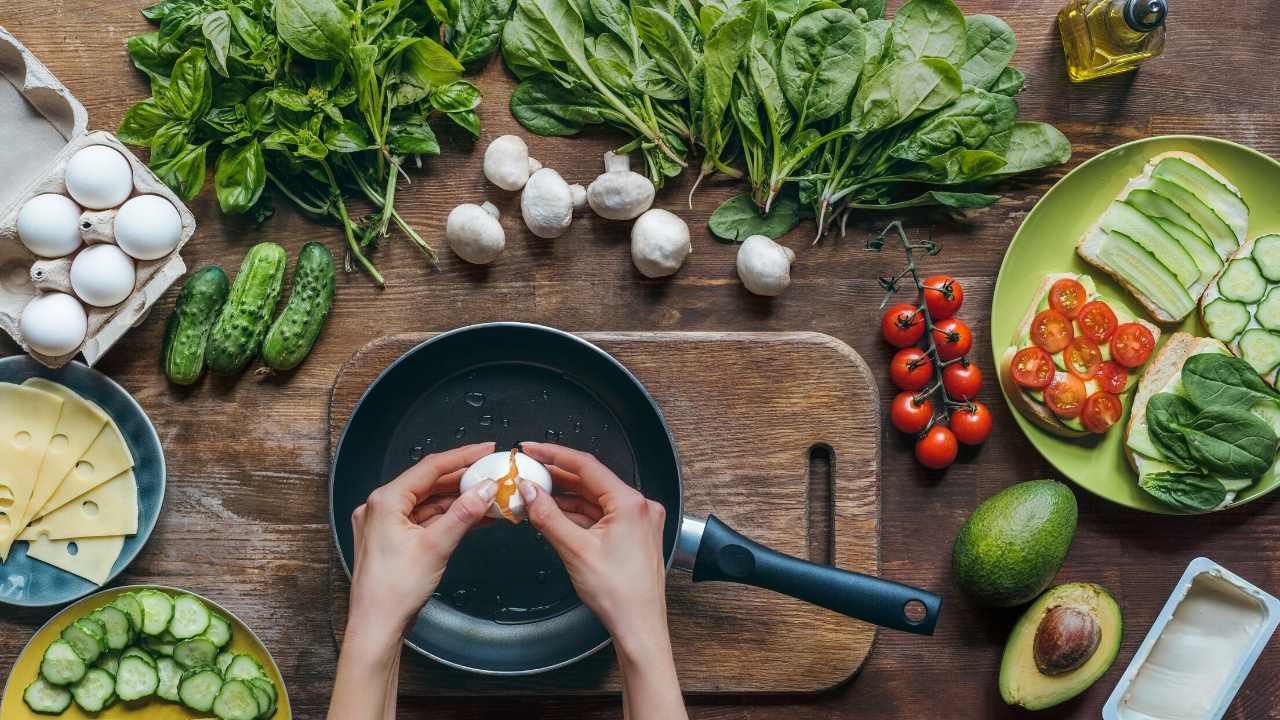 |
What Happens If You EAT WALNUTS Everyday For 30 Days? | Dr. Steven GundryIf you’re looking for a new snack, look no further than WALNUTS! These versatile, delicious, nutritious nuts are one of the best options to snack on to improve |
 |
2 Chefs Try to Identify Spices by Taste | Sorted FoodToday we flip the script and put our chef Ben and guest chef James in the hot seat to guess some spice blends! It’s absolutely a competition and we haven’t |
 |
Why Did These Strange 1950s Inventions Kill So Many People?| Hidden Killers | Absolute HistoryDr Suzannah Lipscomb looks at the hidden dangers of the British post-war home. In the 1950s, people embraced modern design for the first time after years of |
 |
The 5 SURPRISING Vegetables You Need To Eat To STAY HEALTHY! | Dr. Steven GundryWe are taught that all vegetables are healthy for us. Dr. Gundry says that is FALSE and not all vegetables are built the same! That’s why he’s here to share |
 |
The SHOCKING Superfoods You Should NEVER EAT! | Dr. Steven GundrySuperfoods - we’ve all heard about them but what are they really? On today’s episode Dr. Gundry dives right into the superfoods you should and should NOT |
 |
Spice Expert Guesses Cheap vs Expensive Spices | Price Points | EpicuriousIn this episode of 'Price Points', Epicurious challenges spice expert Ethan Frisch of Burlap & Barrel to guess which one of two spices is more expensive. Ethan |
 |
Are Burger King''s Spicy Chicken Fries TOO Hot?For a limited time, Burger King has released their new Spicy Chicken Fries! Featuring a blend of spices added to their classic Chicken Fries, I'll find out how |
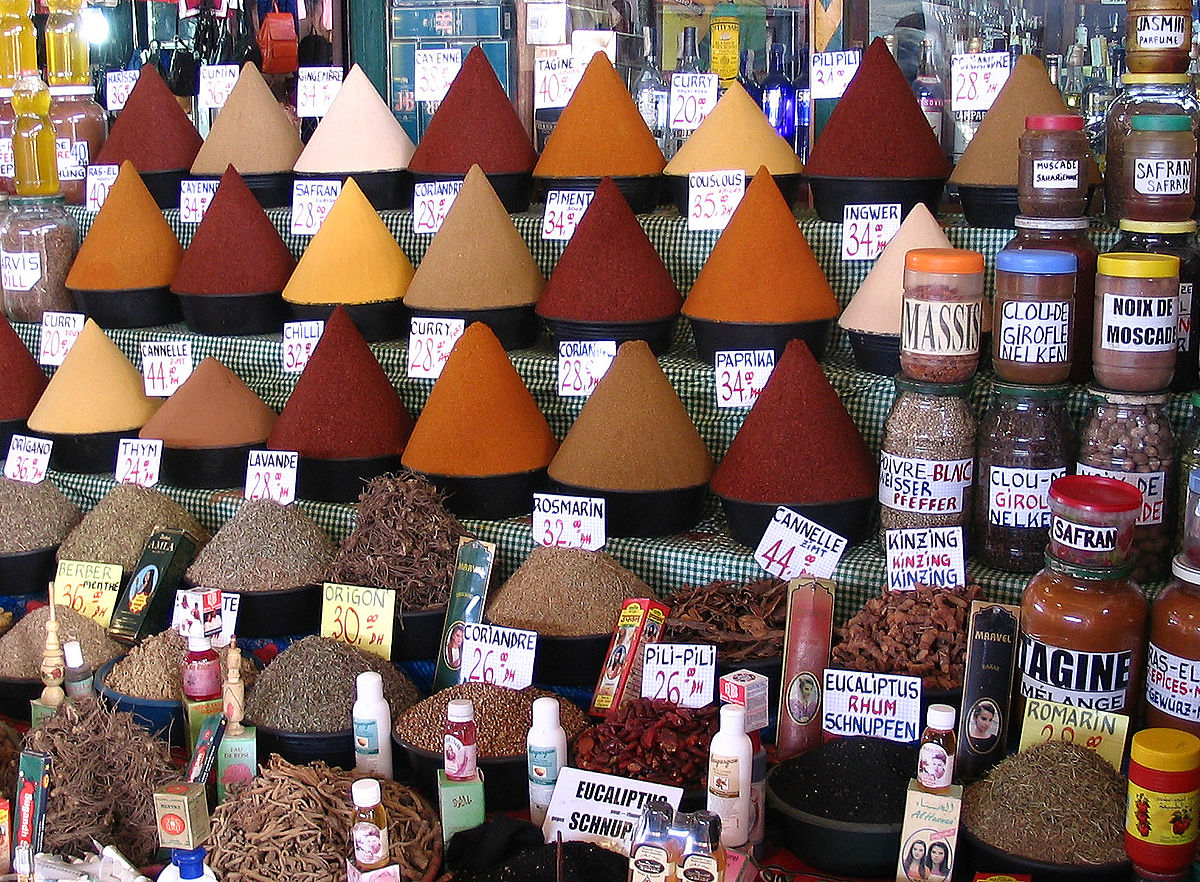 |
Spice - Wikipediadefinition of spices |
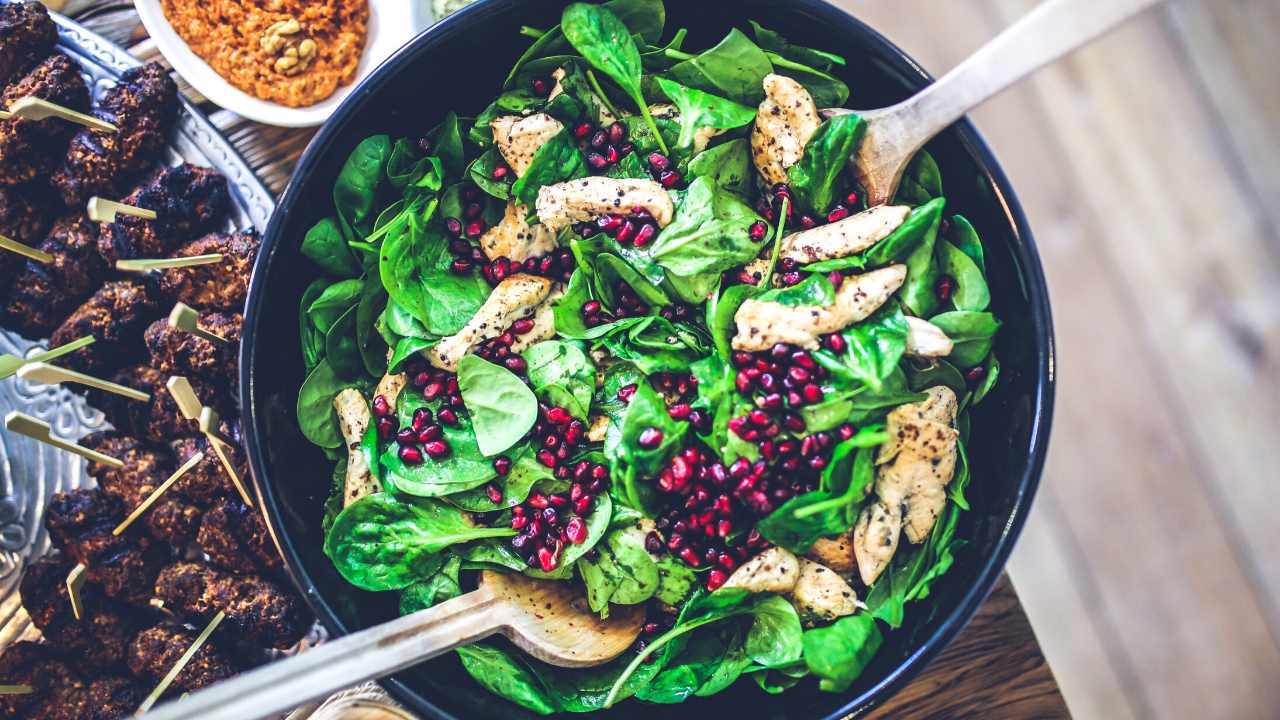 |
How Did Nutmeg Cause Wars In Indonesia? | The Spice Trail | Absolute HistoryKate Humble embarks on a journey around the fabled spice islands of eastern Indonesia in search of two spices that launched epic voyages of discovery, caused |
 |
Learn Every Single Technique For Using Spices in One DishShop the gear in this video (and more) at ProHomeCooks.com ➡️ https://prohomecooks.com/ Getting your kitchen gear from Pro Home Cooks supports more content |
 |
The SHOCKING BENEFITS of Spices On Your Health! (Take One Teaspoon Of This) | Dr. Steven GundryWe all use spices to cook, but did you know that they can be a great tool to incorporate more beneficial polyphenols into your diet? That’s right, with just |
 |
Poultry Seasoning For TurkeyIf you're looking to spice up your turkey meals, you should consider putting poultry seasoning on your bird. Not only is it a great way to add some.. |
 |
Delicious Seasonings to Add Flavor to Your DishesIf you're looking for delicious seasonings to add to your dishes, you're in the right place. There are many options out there, from chili powder to.. |
 |
How to Add Spices to Mac and CheeseThere are a number of spices that you may want to try out when cooking mac and cheese. Some of these ingredients include red peppers, oregano,.. |
 |
Chaat Masala and Garam MasalaChaat masala is a type of spice mix that is used to flavor chaat. It is made from several spices, such as cumin, dried ginger, coriander, asafoetida, |
 |
27 Essential spiecs you need to knowImportant spices in cooking |
 |
No Salt Seasoning BlendsIf you want to make the perfect grilled chicken or steak, it's time to try a no salt seasoning blend. It's the best way to add flavor to any dish.. |
 |
Coriander Ground Vs Coriander WholeCoriander is one of the most popular herbs used for cooking and can be either whole or ground. Its taste is very mellow, and is perfect for adding a.. |
 |
Homemade Blackening SeasoningMaking your own homemade blackening seasoning is a great way to add flavor and freshness to your dishes. This spice mix can be used in a variety of.. |
 |
Sweet Potato RavioliSweet potato ravioli is a popular pasta dish that is very easy to make. The recipe uses sweet potato as the filling and makes a light and filling.. |
 |
Greek SeasoningGreek seasoning is a common spice used in many types of dishes. For example, it can be used as a dry rub on chicken wings before baking, or it can be |
 |
AbgooshtAbgoosht is a hearty Persian soup that is made from mutton. It is a traditional stew that is thickened with chickpeas. It is also known as Dizi... |
 |
Greek Cabbage RollsOne of the most popular dishes you can find on the menu at Greek restaurants is cabbage rolls. They are a great option when you're on the go and need |
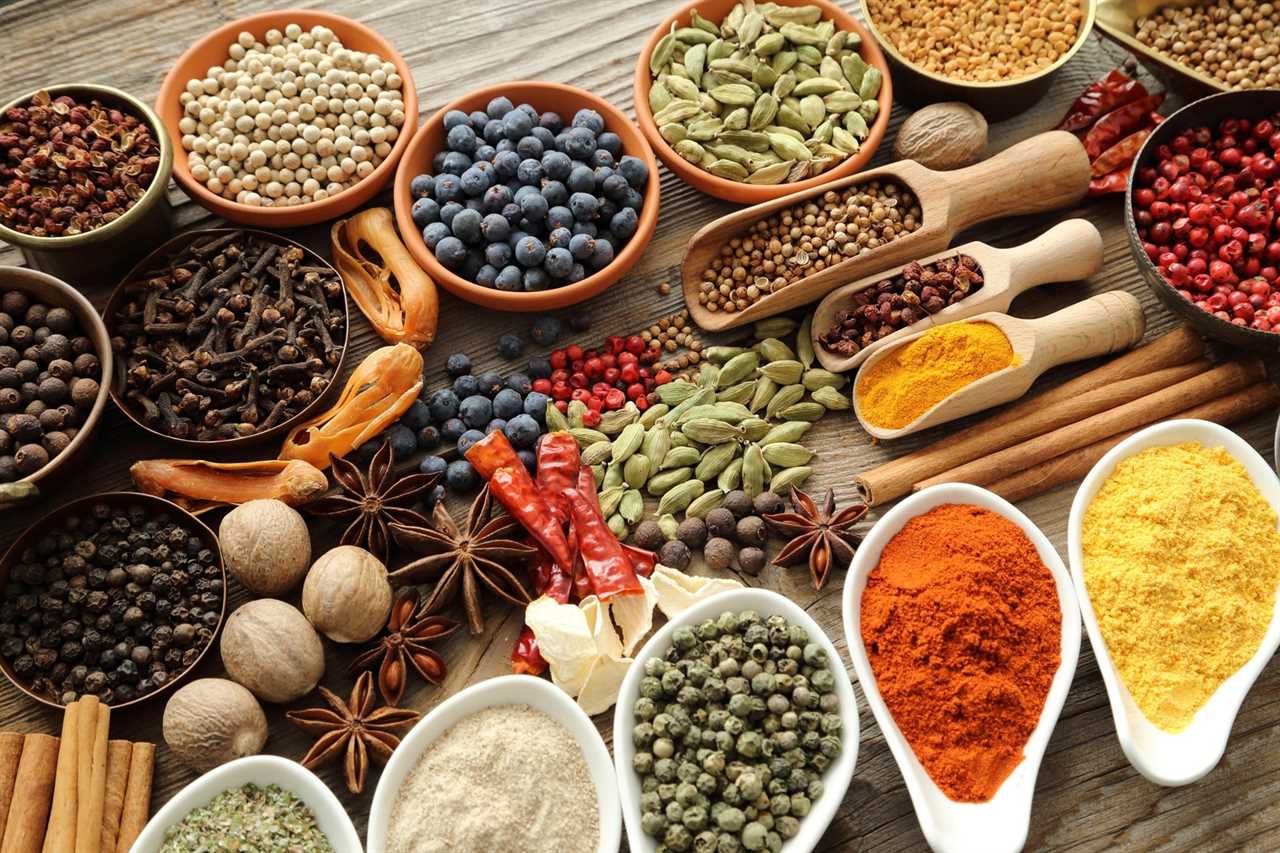 |
Your Herbs and Spices Guides & BlogsHerbs, spice & everything nice, these blog and articles explain the many uses of spices, including spices for weight loss, spices for brewing, and how to store |
 |
Mexican Cauliflower Rice RecipeIf you have been looking for a healthy meal option, you can try making Mexican cauliflower rice. This delicious recipe combines a blend of vegetables, |
 |
A Guide to Indonesian FoodIndonesia is an archipelago country and its cuisine is a mix of regional culinary traditions. Its dishes include sweet and savory dishes, based on.. |
 |
How to Make Homemade Spaghetti SauceSpaghetti is a very popular Italian dish that is made from durum wheat semolina. It is also often enriched with vitamins and minerals. Some people.. |
 |
How to Prepare a Chicken on Skewer RecipeIf you're looking to cook up a tasty meal for the family, why not try out a chicken on skewer recipe? This is a fast, easy dish that your whole.. |
 |
Powdered SpicesThe ingredients for powdered spices are usually either individually roasted or are a combination of a variety of different spices. These include.. |
 |
Air Fryer Chicken ParmesanIf you want to find a delicious and quick way to cook your favorite chicken dishes, try using an air fryer. The results are fantastic and are sure to |
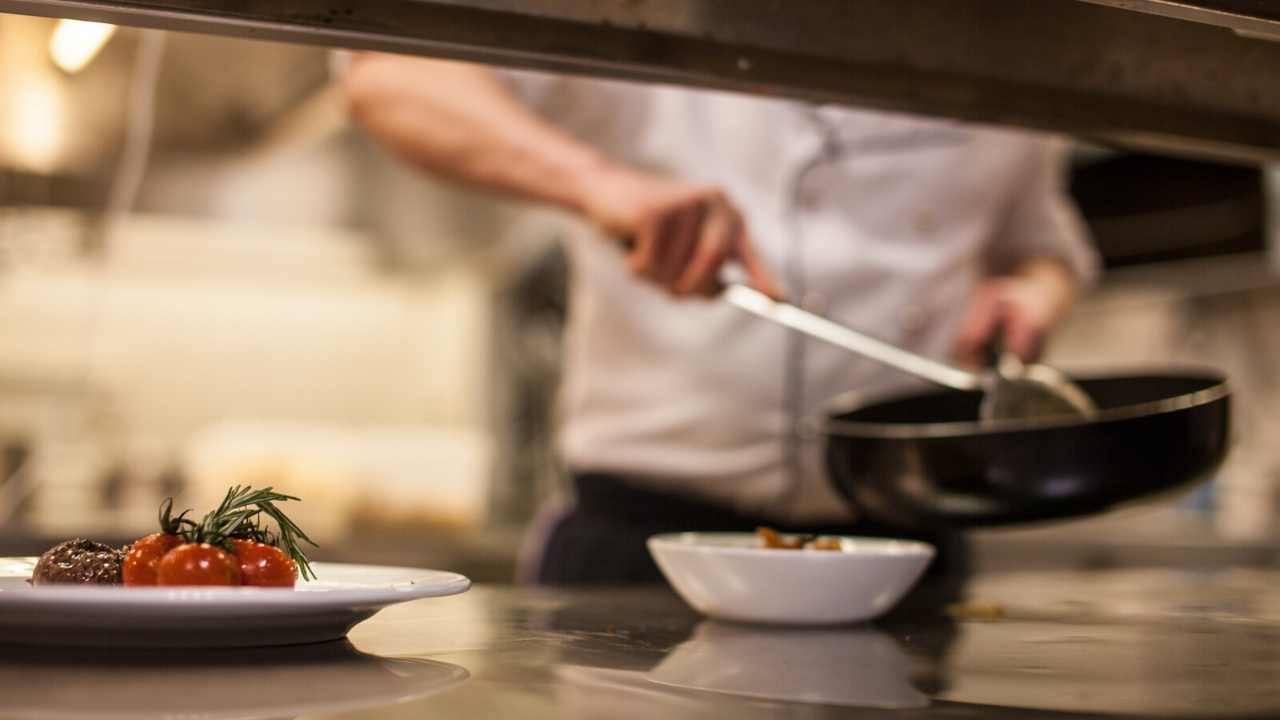 |
What Type of Cardamom Should You Use in Your Cooking?Cardamom is an ancient spice, used for centuries in the kitchen. When you're using cardamom in your cooking, there are a few things you should know... |
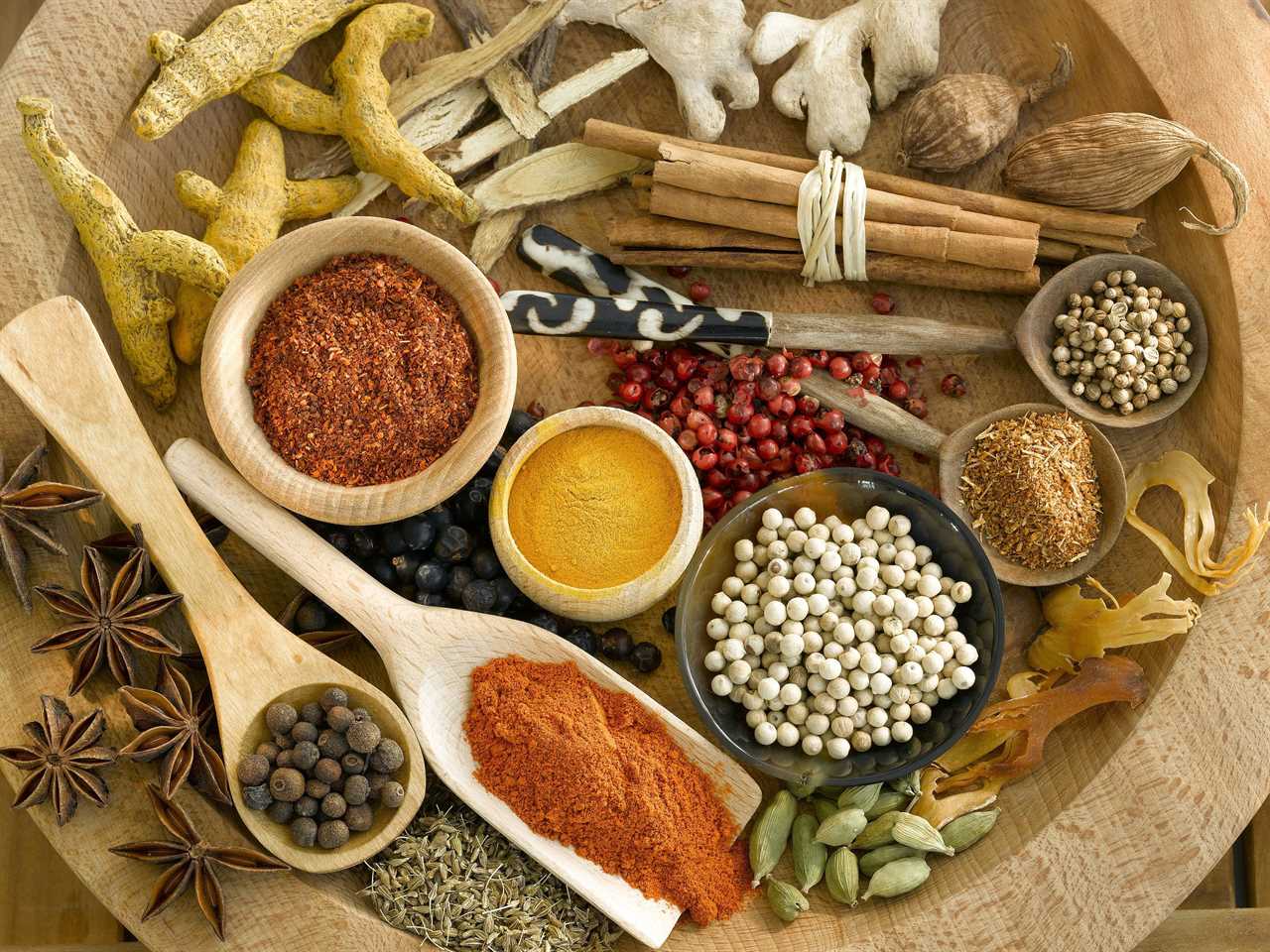 |
The Chopping Block Cooking Blog | spicesspices | Visit our blog for recipes, cooking tips and techniques as well as our staff's favorite eats and travel adventures. |
 |
Lasagna SpicesFor people who enjoy lasagna, there are a variety of spices to choose from. Some of the spices include paprika, cayenne pepper, thyme, and fresh.. |
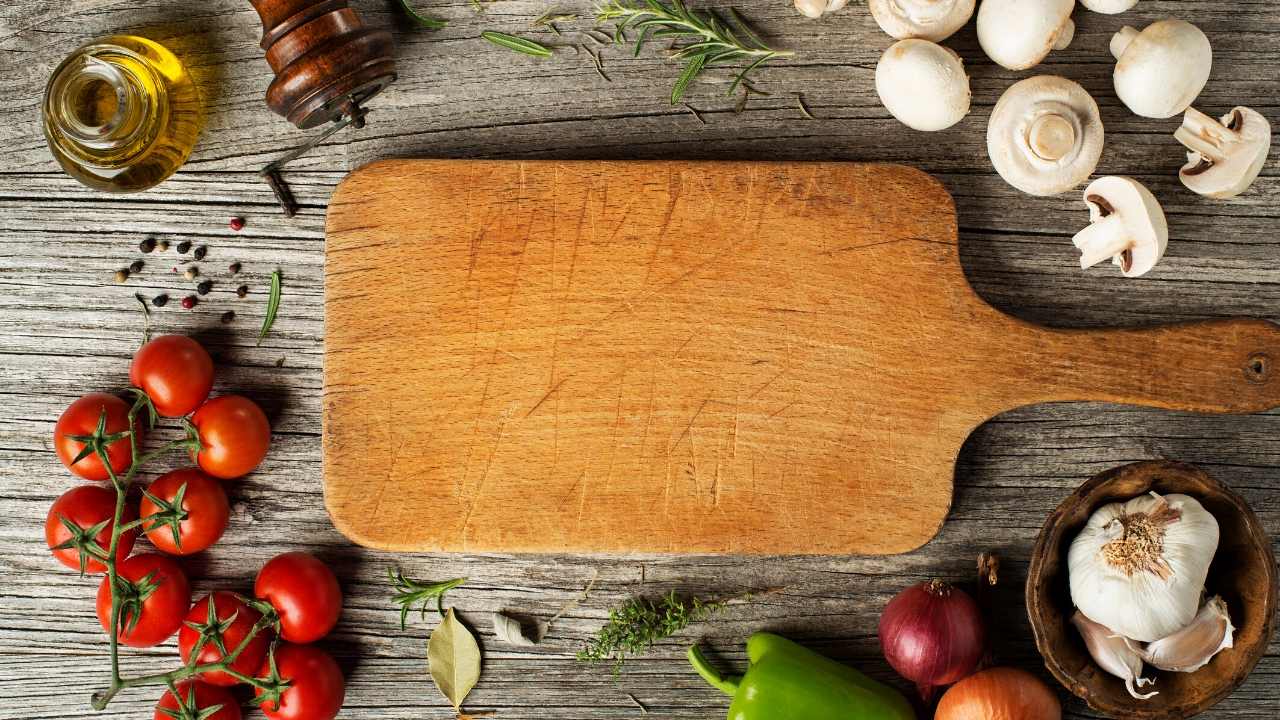 |
Italian Dressing RecipesIf you are looking for a new way to dress your favorite dishes, you may want to try one of the many Italian dressing recipes out there. These.. |
 |
VIETNAM BUSINESS NEWS OCTOBER 13 - PepperHCMC economy gains strong growth in Jan-SeptGross regional domestic product (GRDP) of HCMC between January and September reached nearly VND1,100 trillion in |
 |
SALMONELA - EU strengthens measures against brazilian pepperAt the beginning of October the European Spice Association inssued a letter direcyed to it members,stating that EU Commision will strengthen the rules on |
 |
Cloves Market Latest NewsRoyal Golden's Cloves Market Latest NewsBy Parsram DhiraniMadagascar - With weeks of slow progression of incoming new crop from field, goods are now |
 |
Important Report - Brazilian Pepper ContractsSince the middle of November when the rainy season finaly came to Brazil, bad weather and heavy rains are threatening Pepper production areas disrupting |
 |
BRAZIL - PEPPER PRODUCTION SUFFERING BAD WEATHERPARTIALLY FLOADED PEPPER PLANTATION IN LINHARES - ESThe heavy and constant rains that have been happening non-stop for more than a month are hampering the |
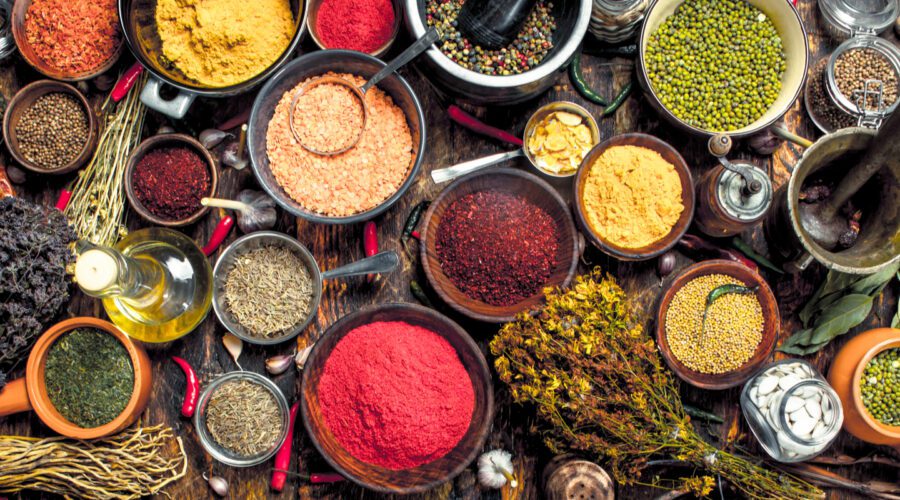 |
Spice Talk - Spice Station - New Ideas for Cooking with Spices!This spice blog writes about Indian fenugreek, Canadian coriander, Egyptian dill weed, Syrian Aleppo pepper, Granada nutmeg, & more from around the world. |
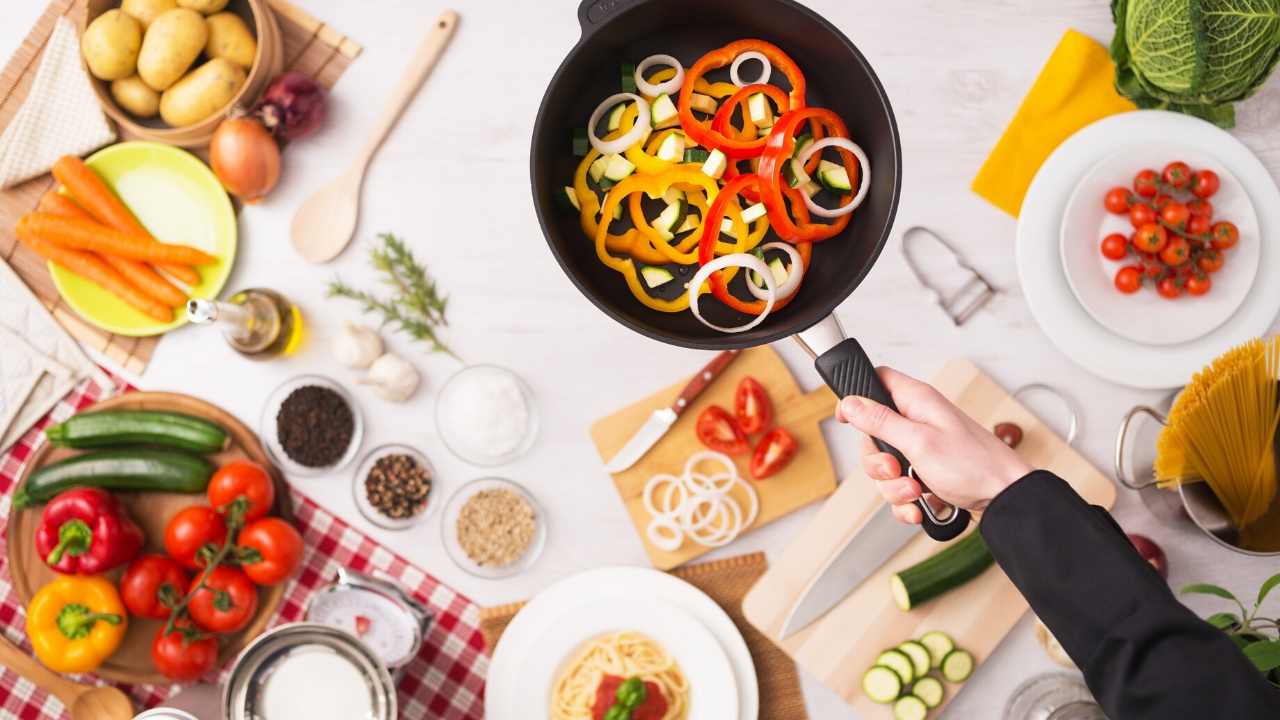 |
CARDAMOM - Guatemala in line to export around 55,000 MT for the 22-23 SeasonPlease read the short report/comment we received of an operator ofCardamom in GuatemalaHello friends, looking forward to seeing you again next week, wanted to |
 |
UPDATE - VIETNAM PEPPER PRICES FEB 22February 22, 2023|Black Pepper Offers, Vietnam Market Update This week, China is buying slowly, people expect the price will come down a little bit but today, |
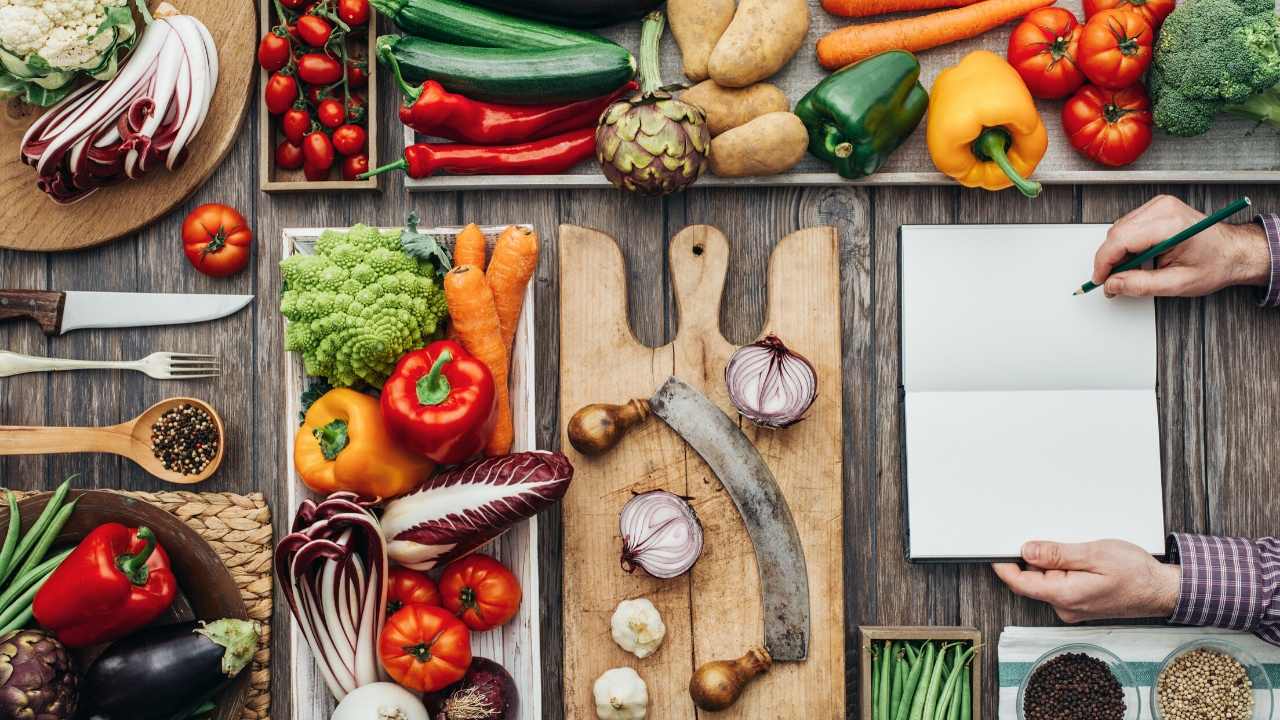 |
Vietnam Pepper exports hit 129 million USD in first two monthsVietnam exported over 41,000 tonnes of pepper worth 129 million USD in the first two months of this year, up 35% in volume, but down 7.4% in value over the |
 |
GLOBAL MARKET OVERVIEW GARLICMarch 2023FreshPlaza.comThe global garlic market is experiencing mixed fortunes, according to recent reports from around the world. In the Netherlands, demand |
 |
Vietnam Pepper market update 13th March 2023 – Week 10.- Pepper price has had an impressive increase in 2023 with an increase from 61,000vnd from January 1, 2023 to 67.000vnd until March 12, 2023, corresponding to |
 |
Blog | Herbs Spices and Seasonings | High Quality | World of SpiceWorld of Spice is your online store for a massive range of High Quality Herbs Spices and Seasonings. Wholesale, Foodservice and Catering High Quality Herbs |
.png)





